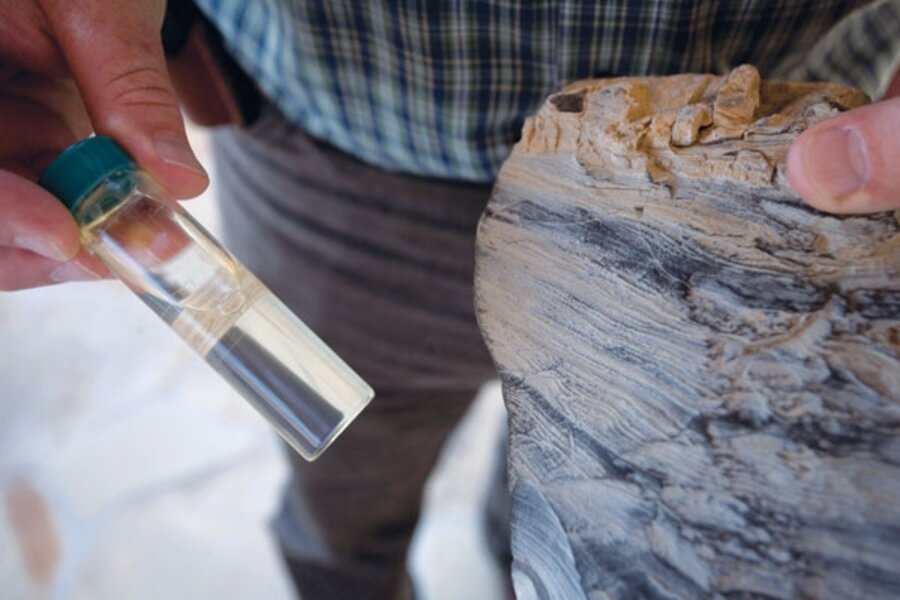Earth Talk: Sizing up oil shale as a possible resource
Loading...
Q: Are the United States’ vast oil shale resources a potential source of energy?
– Larry LeDoux, Honolulu
A: Oil shale is a fine-grained sedimentary rock that contains significant amounts of kerogen, a solid mixture of organic chemical compounds that can be converted into synthetic liquid fuel similar to oil, or into shale gas similar to petroleum-derived natural gas. Geologists believe there is more oil shale in the world – 3 trillion barrels worth of fuel – than there is oil in existing reserves globally.
Oil shale has been mined extensively in Brazil, China, Estonia, Germany, Israel, and Russia, but up to two-thirds of the world’s supply lies in the Green River Basin of the western United States, including parts of Wyoming, Utah, and Colorado.
To date, these American oil shale resources remain virtually untapped, but an 11th-hour executive order by the Bush administration in 2008 put 2 million acres of Bureau of Land Management (BLM) land across the three states up for lease to oil shale extractors.
Other nations with oil shale reserves have been mining them for decades for power generation and other uses, but American enthusiasm has run hot and cold, depending on oil prices. The US was bullish on oil shale during the 1970s oil shocks, but when gas prices fell again, so did the enthusiasm.
For their part, environmental groups are unequivocally against oil shale extraction. For one reason, extracting operations destroy landscapes, forcing plants and animals out, with regeneration unlikely for decades.
Another big issue with oil shale extraction is water usage. The process requires as much as five barrels of water – for dust control, cooling, and other purposes – for every barrel of shale oil produced.
Oil shale extraction is also very energy-intensive, and as such is no solution to global warming. Researchers have found that a gallon of shale oil can emit as much as 50 percent more carbon dioxide than a gallon of conventional oil would over its given life cycle from extraction to tailpipe.
Due to these concerns and others, 13 environmental groups – including the Wilderness Society, the Sierra Club, and the Natural Resources Defense Council – teamed up in January to file suit against the federal government for opening up all that land in the West to oil shale development. The suit contends that the BLM failed to properly consider the impacts on air quality and endangered species in the region.
The groups also contend that the development would require the construction of 10 new coal-fired power plants in order to get at and process the oil shale, significantly upping the carbon footprint of the entire region.
Green groups hope that the Obama administration will overturn former President Bush’s decision to lease development rights on the land, which is near three national parks in one of the least developed parts of the US.
Questions about living green? Send to: EarthTalk, c/o E - The Environmental Magazine, Box 5098, Westport, CT 06881 ; earthtalk@emagazine.com.





